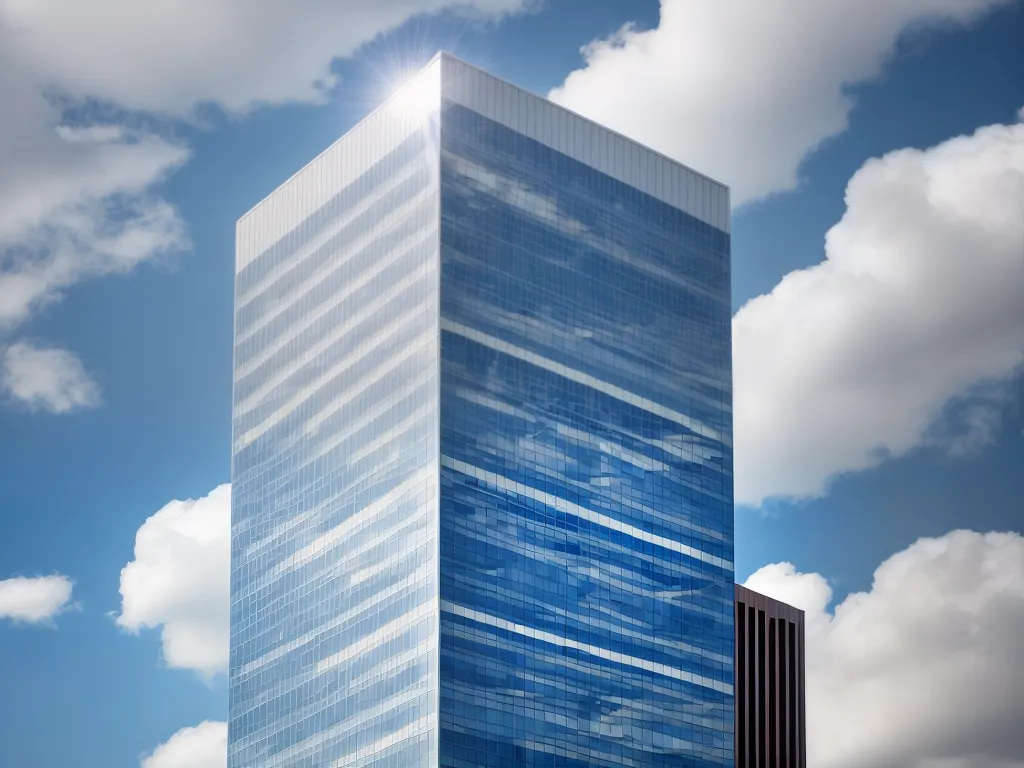
7 Ways to Lower Your Commercial Building's Energy Costs Without Replacing Electrical Equipment
As a commercial building owner, reducing your energy costs can seem daunting, especially if you don't want to invest in replacing major electrical equipment right away. However, there are several effective strategies you can implement to lower your energy usage without expensive upgrades. Here are 7 ways to lower your commercial building's energy costs without replacing electrical equipment:
1. Upgrade Lighting to LEDs
One of the easiest ways to reduce electricity consumption is by upgrading your lighting to LED bulbs and fixtures. LEDs use at least 75% less energy than traditional incandescent lighting and last 25 times longer. Replacing all of the lighting in your commercial building with LEDs can lower your lighting electricity usage by 40-60%. The upfront cost of LED bulbs is higher, but you will recoup that investment in energy savings in less than 2 years in most cases. Focus first on high-use areas like hallways, lobbies, parking garages, and exterior lighting.
2. Install Lighting Controls
Installing lighting control systems allows you to automatically turn lights on and off based on occupancy and daylight. For example, occupancy sensors will turn lights off in vacant rooms, while daylight harvesting systems dim artificial lighting when sufficient natural light is available. Lighting controls can reduce the lighting electricity usage of your building by 30-50%. Opt for smart lighting controls that can be adjusted and programmed remotely. The upfront cost is quickly recouped through energy savings.
3. Improve HVAC Efficiency
Heating and cooling account for over 40% of a commercial building's energy use. Improving the efficiency of your HVAC system can result in major energy savings:
-
Have your HVAC system professionally tuned-up at least annually to ensure peak performance.
-
Clean air filters monthly and have ductwork cleaned every 3-5 years.
-
Install programmable thermostats to optimize heating and cooling.
-
Consider adding variable frequency drives to modulate energy use.
-
Seal air leaks around windows, ducts and other areas.
4. Add Insulation
Adding insulation improves your building's energy efficiency by preventing heated or cooled air from escaping. Ensure your building meets recommended R-values (a measure of insulation's effectiveness) by:
-
Adding insulation to attics and roofs
-
Filling wall cavities with spray foam or batt insulation
-
Upgrading windows to triple-paned, double-glazed, or low-e coatings
Proper insulation can reduce your HVAC energy costs by 10-20% annually.
5. Install ENERGY STAR Equipment
When old appliances and equipment like refrigerators, dishwashers, and water heaters need replacing, opt for ENERGY STAR-certified models. ENERGY STAR products meet strict energy efficiency guidelines set by the EPA, using 10-50% less energy than minimum standards. For example, an ENERGY STAR commercial freezer can use at least 15% less energy than a standard model.
6. Utilize an Energy Management System
Investing in a comprehensive energy management system (EMS) allows you to track real-time energy usage throughout your building and identify wasteful behaviors. With an EMS, you can:
-
Monitor lighting, HVAC, plug loads, and other major energy systems from a central dashboard
-
Establish energy use baselines and benchmarking
-
Set up alerts for spikes in demand or unusual use patterns
-
Generate custom energy savings reports
A robust EMS provides the data insights needed to target energy-saving opportunities.
7. Work With an Energy Services Company
Energy services companies (ESCOs) specialize in minimizing energy consumption for commercial buildings. An ESCO conducts an in-depth energy audit of your building and identifies cost-effective ways to reduce your energy costs.
For example, an ESCO may provide:
-
A detailed analysis of your energy bills and equipment efficiency
-
Installation of energy conservation measures
-
Monitoring and maintenance to ensure optimal performance
-
Energy efficiency project financing
Working with an ESCO is the simplest way to make meaningful improvements to your building's energy efficiency.
Making even small upgrades to an older, inefficient commercial building can reduce energy bills by 20% or more. Following energy-saving best practices and taking advantage of technology like lighting controls and EMS provides significant savings, allowing you to operate more sustainably without a major equipment overhaul. Discuss your options with a commercial HVAC contractor or energy specialist to start strategically lowering your energy costs today.